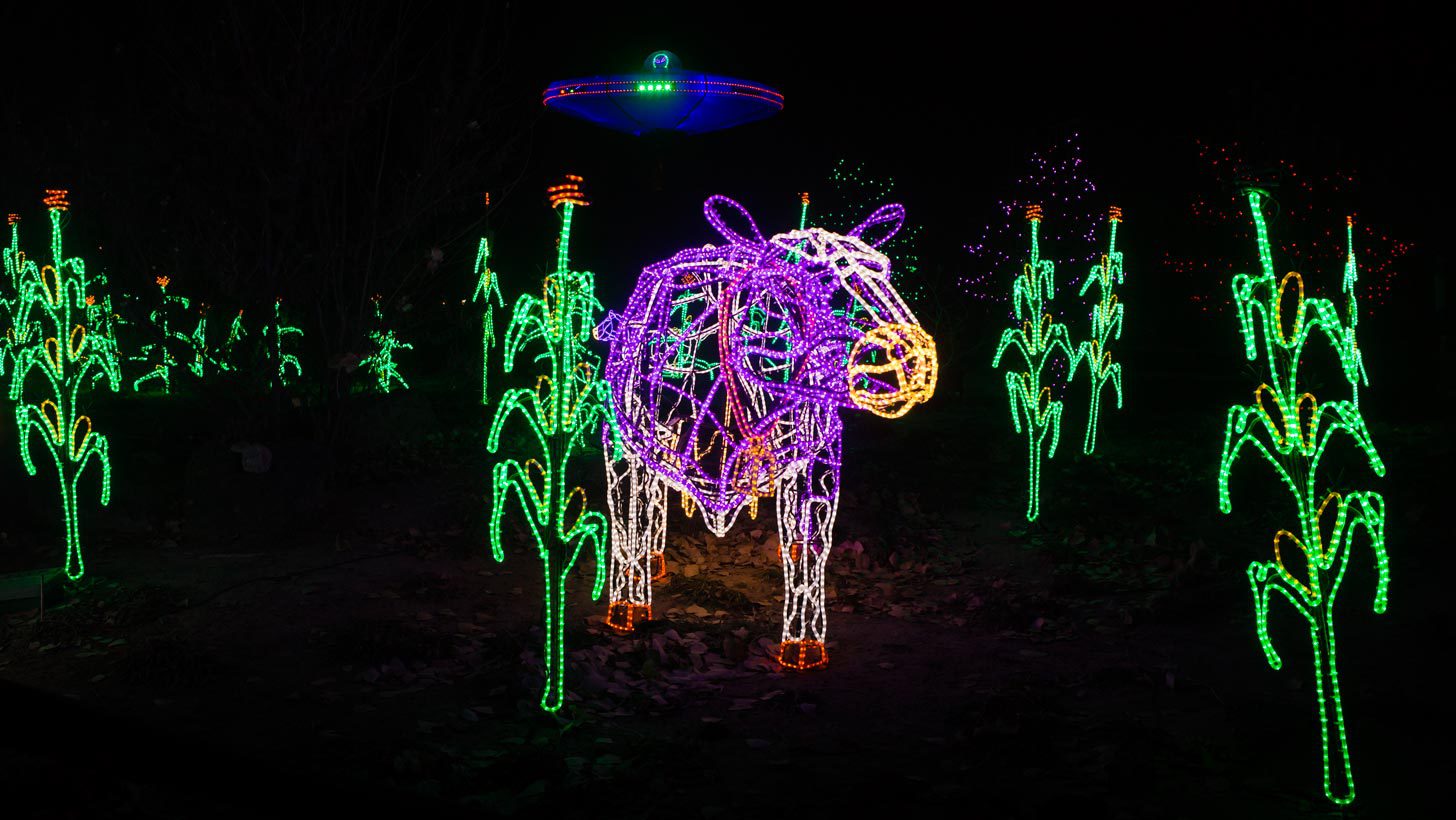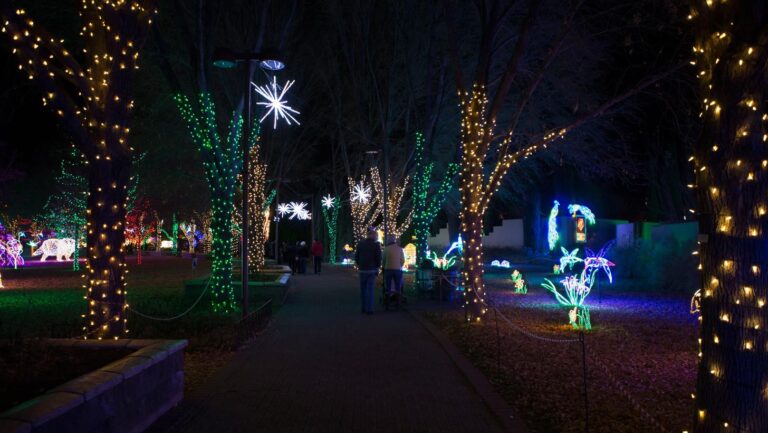Culture Shock: Walking In A Winter Wonderland
The Artist Behind The River Of Lights


Eric Williams Photography
Latest Article|September 3, 2020|Free
::Making Grown Men Cry Since 1992


Eric Williams Photography


